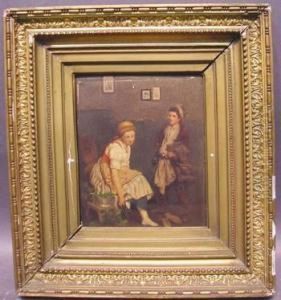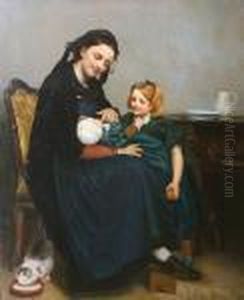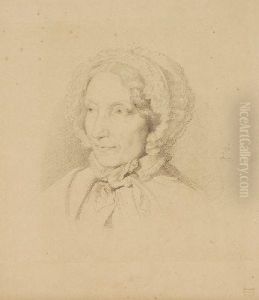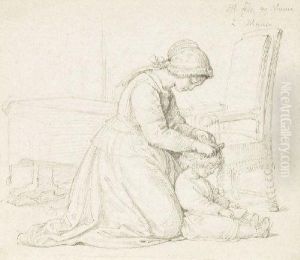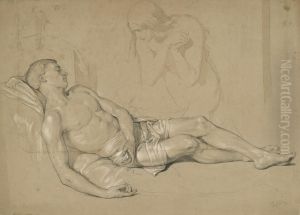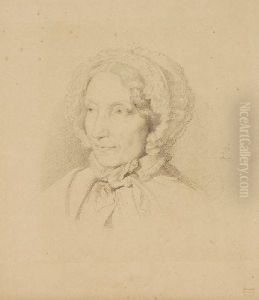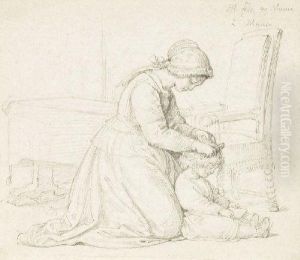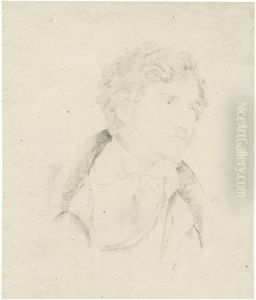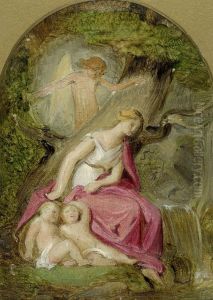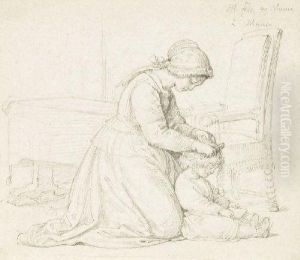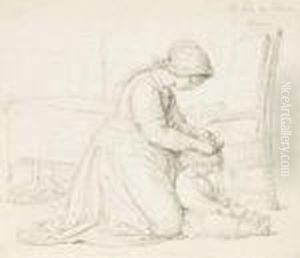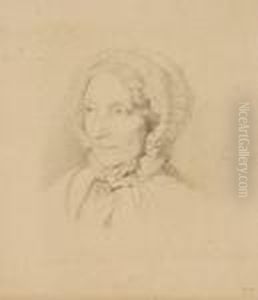Julius Ii Hubner Paintings
Julius Hübner was a prominent German painter associated with the Romantic and Nazarene movements, born on January 27, 1806, in Oels, Silesia (now Oleśnica, Poland), and died on November 7, 1882, in Loschwitz, near Dresden, Germany. Hübner's artistic journey began at the Prague Academy, but it was his time at the Düsseldorf Art Academy that defined his early career, where he was influenced by the teachings of Wilhelm Schadow, a key figure in the Düsseldorf school of painting. Hübner's work is characterized by its detailed historical and religious scenes, often imbued with a deep sense of emotionality and narrative depth.
Hübner was not only a painter but also an academic and an educator. In 1839, he took on a professorship at the Dresden Academy of Fine Arts, a position he held for several decades, contributing significantly to the development of the academy and influencing a generation of artists. His commitment to art education was profound, and he played a critical role in establishing the reputation of the Dresden Academy as a leading institution for artistic training in Germany.
Throughout his career, Hübner produced a vast body of work, including portraits, historical paintings, and religious scenes. Some of his most notable works include 'The Madonna with the Christ Child and Saint John', 'Lorenzaccio', and 'The Death of Wallenstein', showcasing his ability to capture complex human emotions and historical moments with precision and sensitivity.
Beyond his contributions to painting and education, Hübner was also involved in the administration of art institutions and played a significant role in the art community of his time. He was a member of various art academies and societies, including the Prussian Academy of Arts, and his influence extended beyond the borders of Germany.
Hübner's legacy is that of a pivotal figure in 19th-century German art, bridging the transition between Romanticism and the early inklings of Modernism. His works are preserved in numerous galleries and collections around the world, testament to his skill, vision, and influence as an artist and educator.
